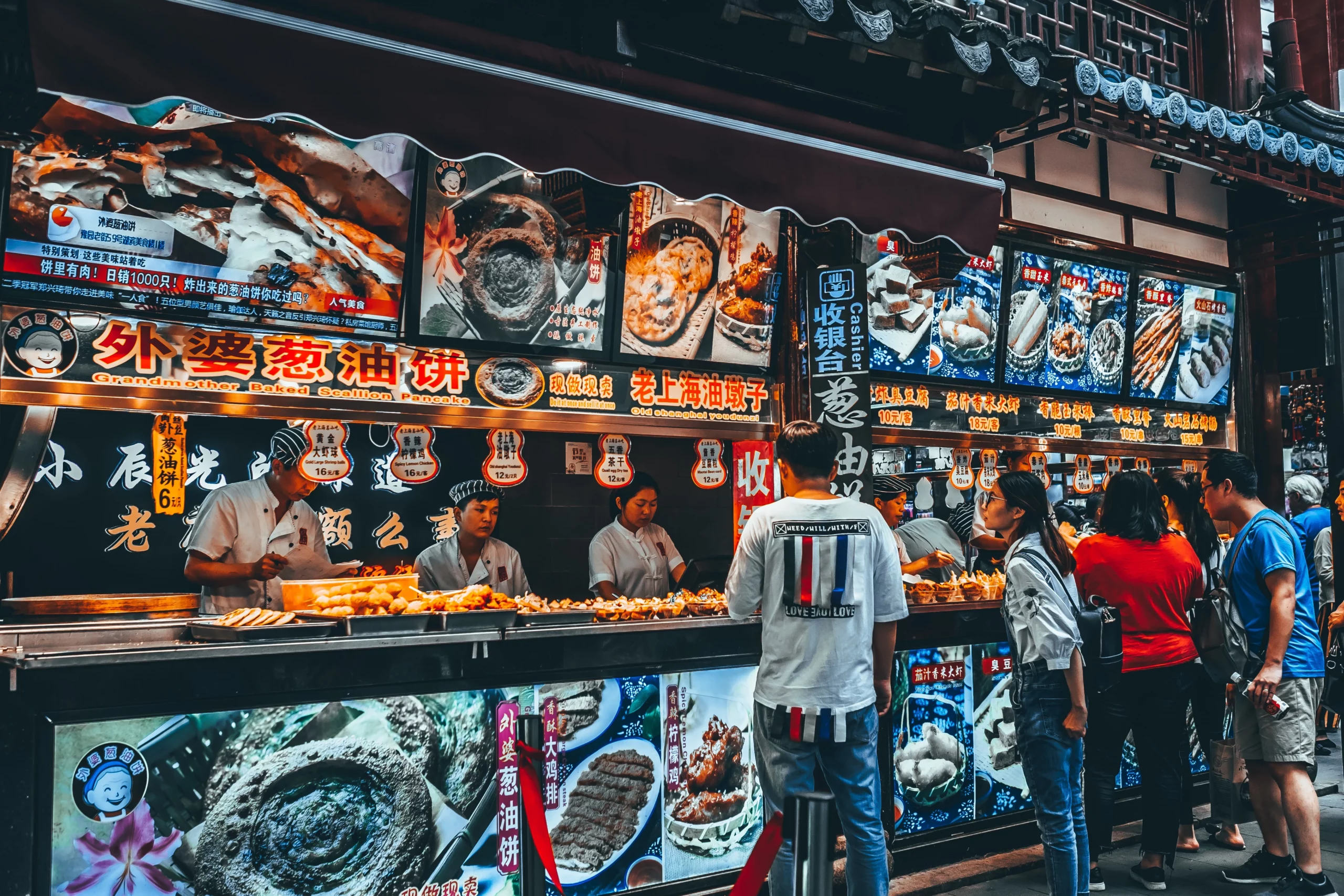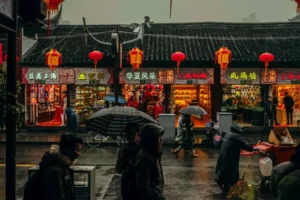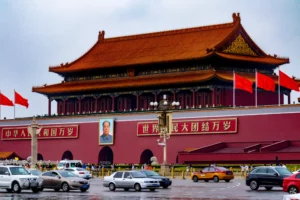
Unmasking the Illusion: Debunking the China-Russia Alliance Hype
China and Russia: Debunking the Myth of a Powerful Alliance

China’s President Xi Jinping emphasizes agricultural self-reliance and food security in a recent Qiushi journal article, highlighting its role in national security. This article explores China’s import dependency, focusing on key food items and obstacles to achieving self-sufficiency.
China’s food self-sufficiency rate, as defined by the UN Food and Agriculture Organization, dropped from 101.8% in 2000 to 76.8% in 2020. Projections indicate a further decrease to 65% by 2035 without timely measures.
Factors like loss of cultivable land, less productive seeds, higher domestic production costs, and food safety concerns have led to increased dependency on food imports. China became a net food importer in 2004.
Over the last decade, the import value of cereals and cereal flour surged from $5.1 billion in 2013 to $20.08 billion in 2021, with the import volume increasing fivefold from 13.9 million tonnes in 2012 to 65.4 million tonnes in 2021.
China’s limited arable land poses a significant challenge to achieving food self-sufficiency, with only 9% of global arable land. Premier Li Qiang emphasizes the need to increase agricultural production by expanding arable land.
China aims to increase domestic soybean production by nearly 40% by 2025. Challenges include low yield, limited benefits, and weak producer-market connections.
To enhance seed quality, China plans to expand state-sponsored breeding and production centers, with a goal for 80% of seed supply from these centers by 2025.
To mitigate overdependence risks, China has diversified its imports, shifting from the US to countries like Brazil, Argentina, and Australia.
Brazil has become China’s largest agricultural trade partner, accounting for a significant portion of China’s agricultural imports. An agreement with Australia further reduces reliance on European countries.
Ensuring food security is crucial for maintaining the Communist Party’s legitimacy in China. China’s import dependency poses challenges and has significant implications for global food markets. Disruptions in the global food supply chain can impact China’s import-dependent system, making it vulnerable to potential Western sanctions or geopolitical conflicts. To address these challenges, China focuses on expanding domestic production, improving seed quality, and diversifying import sources. Success remains uncertain due to limited arable land and other domestic issues. Achieving food self-sufficiency is a crucial goal for China in the face of a changing global landscape.

China and Russia: Debunking the Myth of a Powerful Alliance

The European Union must balance its interests with those of China as the rising power’s influence grows. Explore challenges and opportunities presented by China’s rise for Europe.

Navigating the crossroads of China-Europe relations: Discover the balance of cooperation, competition, and the path ahead in 2024.